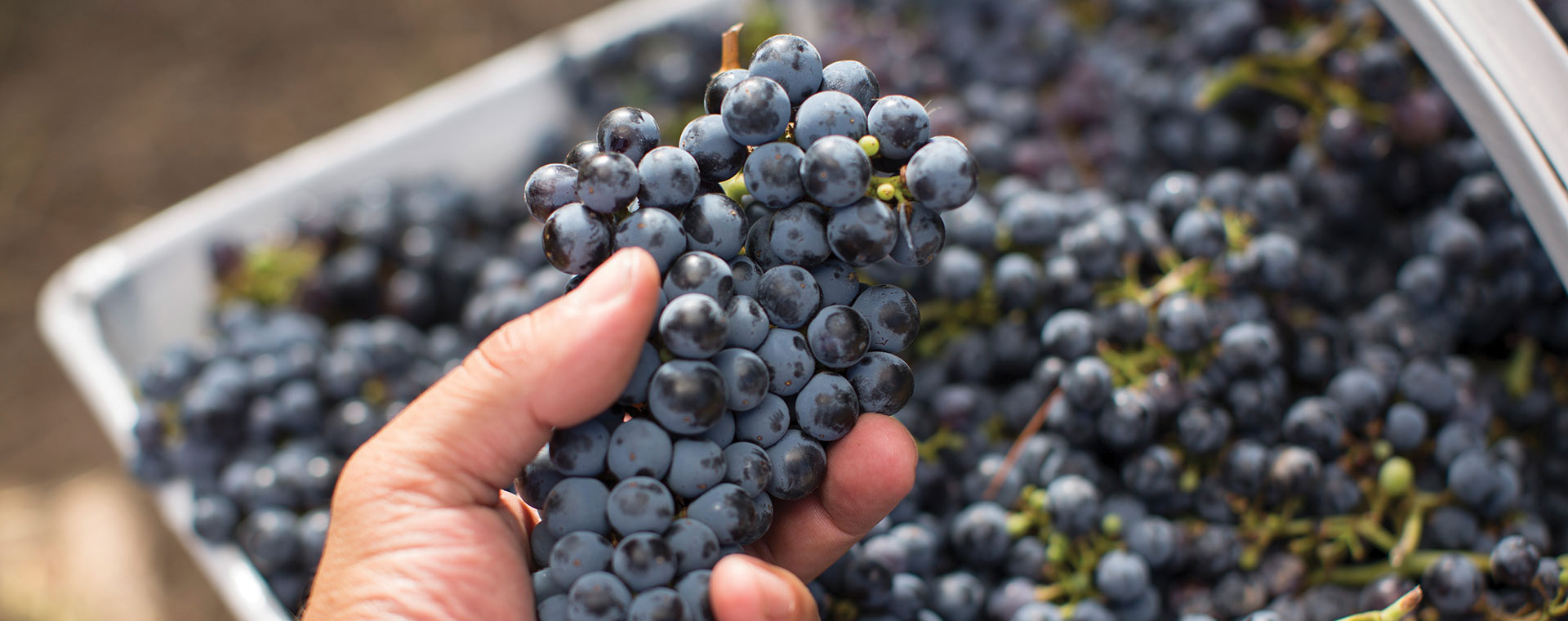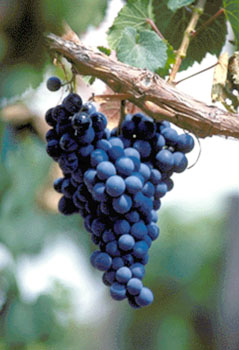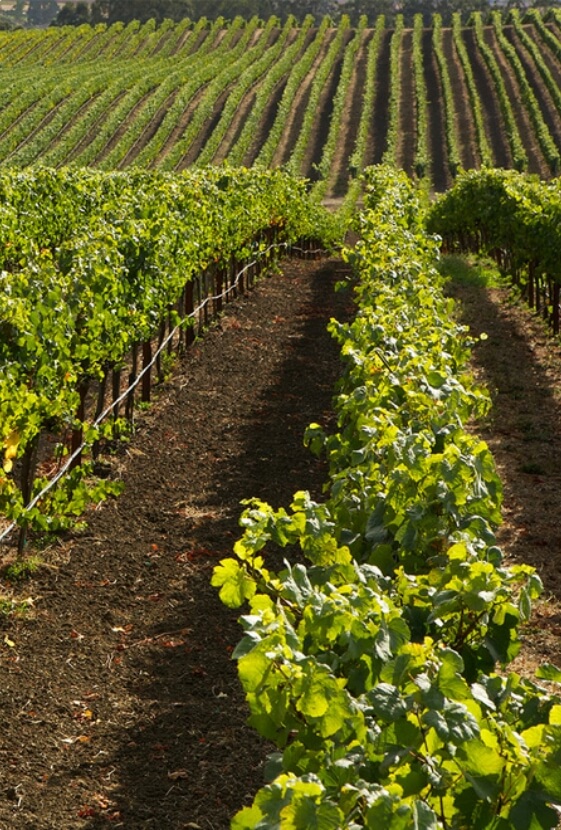
Grape Glossary
Malbec is traditionally blended with Cabernet Sauvignon, Cabernet Franc, Merlot and Petit Verdot in Bordeaux. In Cahors, it is the primary grape in the wine of the same name, which is a medium to full-bodied blend with Merlot and Tannat. As produced in Argentina, the wine is dark purple and very fragrant, with ripe fruit and a soft structure.
Malbec requires more sun and heat than Cabernet Sauvignon and Merlot and ripens in mid-season. It is sensitive to frost, and favors infertile soil with limestone content, as well as a high elevation. In Argentina, Mendoza’s warm, dry climate suits Malbec well. There are distinct differences in the clones of Malbec found in France and in Argentina, with Argentine Malbec tending to have smaller berries. The vine physically resembles Merlot, and while an ample producer, is subject to rot and coulure (the failure of the flowers to develop into berries). Development of new clones and vineyard management techniques has helped control some of these problems. It has the potential to produce high yields.
Malbec is native to southwest France and specifically to Bordeaux. It was exported to Argentina in 1852 and in the mid-1990s began to emerge as the country’s signature vine.

